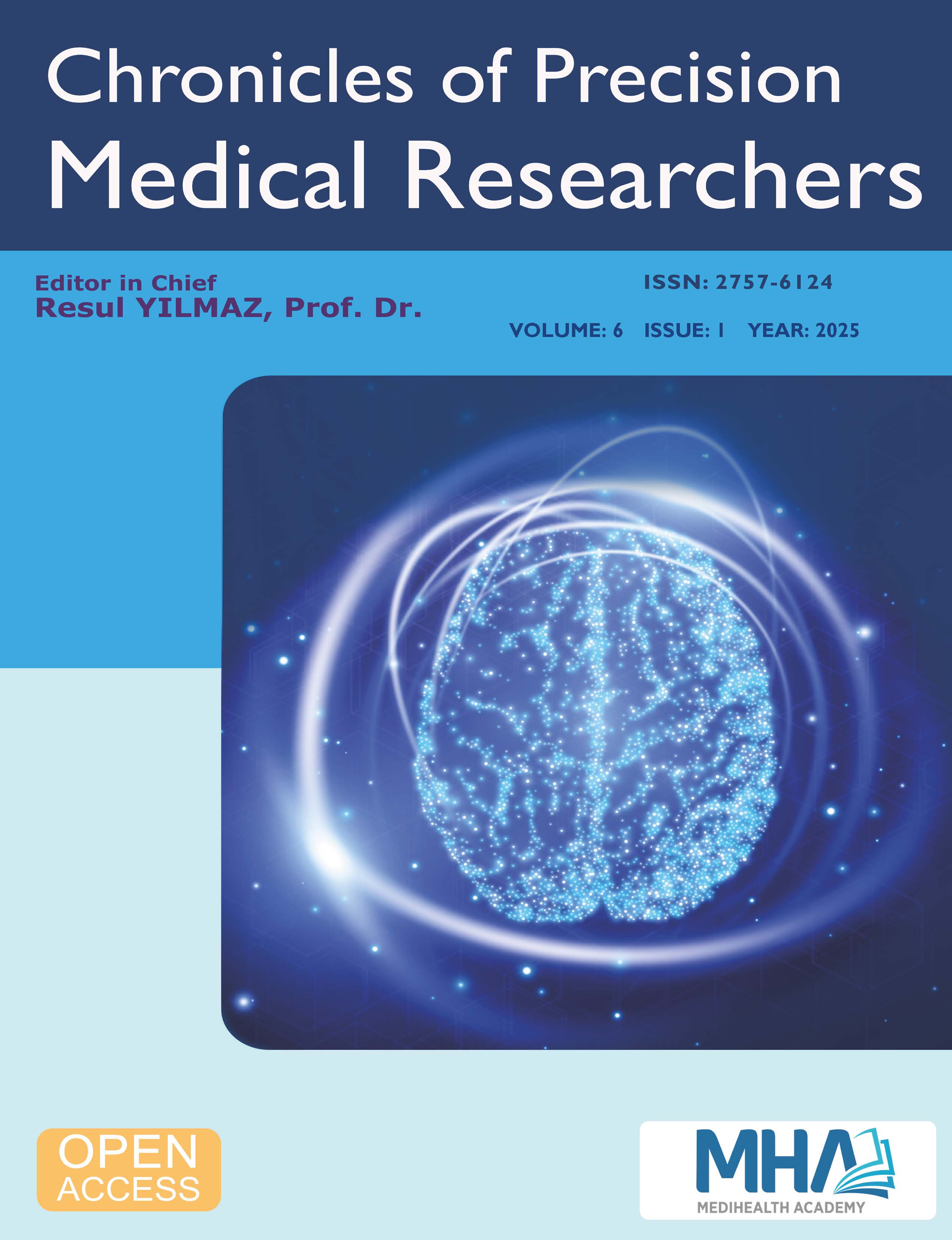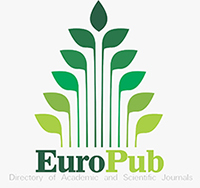Çocuk Hastalarda Kan Kültürü ile Tespit Edilen Patojenlerde Antibiyotik Direnci ve Mikroorganizma Dağılımı
Antibiotic Resistance Patterns and Distribution of Microorganisms Identified in Blood Cultures from Pediatric Patients
DOI:
https://doi.org/10.5281/zenodo.14652751Keywords:
Blood culture, sepsis, antibiotics, bacteria, antibiogramAbstract
Aim and Background: The incidence of bacteremia caused by multidrug-resistant bacteria is increasing worldwide. Identifying the causative agents of these infections and initiating appropriate antibiotic therapy early are crucial. This study aims to contribute to the determination of the etiology of bacteremia and sepsis and to guide the development of effective treatment strategies based on the collected data.
Materials and Methods: Patients with positive blood culture results between 2010 and 2021 in a university hospital were analyzed in terms of pathogen diversity and antibiotic resistance. Blood culture data, including patient information, bacterial isolates, and antibiograms, were electronically retrieved from hospital records. Patients' age, sex, and CRP levels were recorded. Categorical variables were presented as counts and percentages.
Results: Of the 4711 blood cultures obtained from the Pediatric Clinic, 736 (15.6%) showed bacterial growth. The mean age of patients with positive cultures was 11.11 ± 5.24 years, and 50.82% were female. The mean CRP level in the study group was 48.48 ± 59.76, with higher levels observed in Gram-negative infections (p < 0.001). The most frequently isolated organism was Staphylococcus epidermidis (41.04%), followed by Staphylococcus aureus (4.48%). Gram-positive bacteria accounted for 87.91% of isolates, fungi for 1.09%, and Gram-negative bacteria (GNB) for 11.00%. Among GNBs, Enterobacter accounted for 3.67%, Salmonella for 2.17%, and Klebsiella for 0.54%. Methicillin resistance was detected in 18.8% of S. aureus isolates and in 85.0% of S. epidermidis isolates. No third-generation cephalosporin (TGC) resistance was found in Salmonella isolates. For Klebsiella, TGC resistance was 100%, while carbapenem resistance was 7.1%. In Acinetobacter species, amikacin resistance was 46.7%, meropenem resistance was 37.5%, and TGC resistance was 16.7%.
Conclusion: Gram-positive bacteremia was common, with a high rate of methicillin resistance. While third-generation cephalosporin could be excluded as treatment options for Klebsiella, sensitivity to these antibiotics persists in Salmonella infections. Empirical antibiotic selection for bacteremia may vary depending on clinical settings.
Downloads
References
Falagas, M.E., et al., Deaths attributable to carbapenem-resistant Enterobacteriaceae infections. Emerging infectious diseases, 2014. 20(7): p. 1170.
Kamit, F. and D. Şener, Bir devlet hastanesi üçüncü basamak çocuk yoğun bakım ünitesinde çoklu ilaç dirençli gram negatif enfeksiyonların değerlendirilmesi. Pamukkale Medical Journal, 2020. 13(3): p. 547-554.
Wayne, P., Clinical and laboratory standards institute. Performance standards for antimicrobial susceptibility testing. 2011.
Sinto, R., et al., Blood culture utilization and epidemiology of antimicrobial-resistant bloodstream infections before and during the COVID-19 pandemic in the Indonesian national referral hospital. Antimicrobial Resistance & Infection Control, 2022. 11(1): p. 73.
Organization, W.H., Global antimicrobial resistance and use surveillance system (GLASS) report 2022. 2022: World Health Organization.
Barlam, T.F., et al., Implementing an antibiotic stewardship program: guidelines by the Infectious Diseases Society of America and the Society for Healthcare Epidemiology of America. Clinical infectious diseases, 2016. 62(10): p. e51-e77.
Opintan, J.A. and M.J. Newman, Prevalence of antimicrobial resistant pathogens from blood cultures: results from a laboratory based nationwide surveillance in Ghana. Antimicrobial Resistance & Infection Control, 2017. 6(1): p. 1-6.
Shin, J.H., et al., Comprehensive analysis of blood culture performed at nine university hospitals in Korea. The Korean Journal of Laboratory Medicine, 2011. 31(2): p. 101.
Gülmez, D. and D. Gür, Hacettepe Üniversitesi İhsan Doğramacı Çocuk Hastanesi’nde 2000-2011 yılları arasında kan kültürlerinden izole edilen mikroorganizmalar: 12 yıllık değerlendirme. J Pediatr Inf, 2012. 6(13): p. 679-83.
Gul, A. and S. Takci, Analysis of late-onset neonatal sepsis cases in a level three neonatal intensive care unit. North Clin Istanb, 2020. 7(4): p. 354-358.
Reddy, E.A., A.V. Shaw, and J.A. Crump, Community-acquired bloodstream infections in Africa: a systematic review and meta-analysis. The Lancet infectious diseases, 2010. 10(6): p. 417-432.
Fisher, C.J., Jr., et al., Influence of an anti-tumor necrosis factor monoclonal antibody on cytokine levels in patients with sepsis. The CB0006 Sepsis Syndrome Study Group. Crit Care Med, 1993. 21(3): p. 318-27.
Abe, R., et al., Gram-negative bacteremia induces greater magnitude of inflammatory response than Gram-positive bacteremia. Critical Care, 2010. 14(2): p. R27.
Droz, N., et al., Bacterial pathogens and resistance causing community acquired paediatric bloodstream infections in low- and middle-income countries: a systematic review and meta-analysis. Antimicrobial Resistance & Infection Control, 2019. 8(1): p. 207.
Çopur Çiçek, A., et al., Rize 82. Yıl Devlet Hastanesi’nde bir yıllık sürede kan kültürlerinden izole edilen mikroorganizmalar ve antibiyotiklere duyarlılıkları. Turk Hij Den Biyol Derg, 2011. 68: p. 175-84.
Downie, L., et al., Community-acquired neonatal and infant sepsis in developing countries: efficacy of WHO's currently recommended antibiotics—systematic review and meta-analysis. Archives of disease in childhood, 2013. 98(2): p. 146-154.
DUMAN, Y., Ç. KUZUCU, and S.S. ÇUĞLAN, Kan kültürlerinden izole edilen bakteriler ve antimikrobiyal duyarlılıkları. Erciyes Tıp Dergisi, 2011. 33(3): p. 189-196.
Özçetin, M., et al., Hastane enfeksiyonları; sıklığı ve risk faktörleri. J Pediatr Inf, 2009. 3(3): p. 49-53.
Isaacman, D.J., E.D. McIntosh, and R.R. Reinert, Burden of invasive pneumococcal disease and serotype distribution among Streptococcus pneumoniae isolates in young children in Europe: impact of the 7-valent pneumococcal conjugate vaccine and considerations for future conjugate vaccines. International Journal of Infectious Diseases, 2010. 14(3): p. e197-e209.
Wattal, C. and N. Goel, Pediatric blood cultures and antibiotic resistance: an overview. The Indian Journal of Pediatrics, 2020. 87(2): p. 125-131.
Downloads
Published
How to Cite
Issue
Section
License
Copyright (c) 2025 Chronicles of Precision Medical Researchers

This work is licensed under a Creative Commons Attribution-NonCommercial-ShareAlike 4.0 International License.






